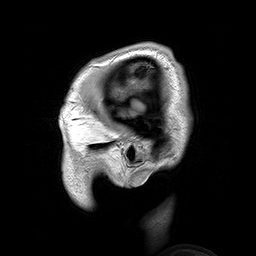Picking up on other people's emotions, being able to realize when someone is happy, angry or sad, is an important part of our everyday social lives. And often we get important clues about a person's mood just from their tone of voice. Now, in a brand new form of mind reading, scientists have decoded patterns of brain activity that accurately predict whether a human volunteer has just heard a word spoken in anger, in joy, relief or sadness.
 Publishing in the journal Current Biology, Thomas Ethofer from the University of Geneva in Switzerland led a team of researchers who are the first to show that emotional information is represented by distinct spatial patterns of activity in the brain which are similar from person to person.
Publishing in the journal Current Biology, Thomas Ethofer from the University of Geneva in Switzerland led a team of researchers who are the first to show that emotional information is represented by distinct spatial patterns of activity in the brain which are similar from person to person.
Ethofer and his team put 22 volunteers into MRI scanners and mapped the patterns of activity in their auditory cortex, the part of the brain that is responsible for processing sounds. The volunteers were played a series of pseudowords, which were "Ne kalibam sout molem": words that don't mean anything in any language but sound like they could be real words. Each time, the pseudowords were spoken in five a different emotions, anger, sadness, joy, relief or no emotion.
他们发现大脑回应每一个新兴市场otion with a particular pattern of activity. In the past, similar studies have not revealed these patterns, because the analysed each point in the brain separately rather than looking at patterns unfolding across the brain region as a whole. It's rather like having a jigsaw puzzle made up of black and white pieces; if you just focus on the individual pieces, it is difficult to see whether the picture is a zebra or a chessboard.
Various psychiatric disorders involve a reduced capacity to comprehend the emotions and moods of other people. These emotional deficits could be due to problems in processing in the auditory cortex, or they could be linked to disruption in parts of the brain in charge of interpreting those emotions signals and assigning them a meaning. This study points the way towards future studies of brain activity that could help unravel what can go wrong in picking up on emotions from the spoken word.







Comments
Add a comment